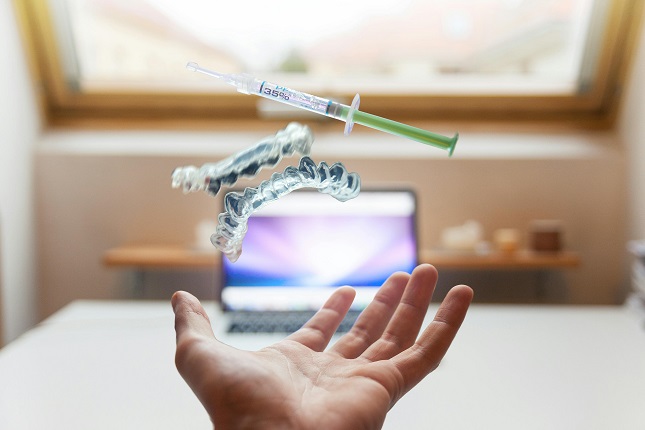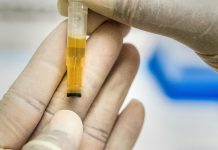In medical device manufacturing, precision is essential. It is the backbone that guarantees the efficacy and safety of every product introduced. Precision is especially crucial in plastic injection molding. This method is celebrated for its accuracy, repeatability, and cost-effectiveness.
Medical injection molding companies utilize this process to fabricate complex medical components with precise specifications. Such exactness is vital in a domain where errors cannot be tolerated. Each component must adhere to stringent quality standards. This ensures reliability and functionality in critical healthcare applications.
The Process of Plastic Injection Molding
It involves melting thermoplastic pellets until they are liquid enough to be injected under pressure into a mold. This mold is custom-designed to meet the exact specifications of the part being manufactured. After the plastic cools and stiffens, the mold is opened to eject the part, and the process can be repeated. This method is favored for its potential to produce large volumes of components with high precision and low waste.
Applications in Healthcare
Due to its versatility and efficiency, plastic injection molding is instrumental in healthcare. The technology creates various essential items, including surgical instruments, implantable components, and diagnostic devices. These products must meet stringent regulatory standards for safety and functionality, making injection molding’s high precision particularly valuable.
1) Surgical Tools and Equipment
Many surgical tools, from retractors to scalpel handles, are manufactured using plastic injection molding. This process guarantees that each tool is produced with consistent quality and durability, which are critical during delicate surgical operations.
2) Implantable Medical Devices
The manufacture of devices such as pacemakers and orthopedic inserts relies heavily on the precision of plastic injection molding. The materials used in these implants must be biocompatible, and the dimensions must be precise to ensure correct fit and function within the human body.
3) Diagnostic Devices
From casings for blood glucose monitors to components of magnetic resonance imaging (MRI) machines, plastic injection molding creates parts that are durable, precise, and capable of safely housing sensitive electronics.
Benefits of Using Plastic Injection Molding in Medical Manufacturing
Cost-Effectiveness and Efficiency
One notable benefit of plastic injection molding is its cost-effectiveness. Once the initial investment in mold design and creation is made, the cost per unit during manufacturing is meager. This is particularly beneficial given the high-volume production typical in medical manufacturing.
Material Versatility
The process can be used with many materials, including standard plastics, high-performance thermoplastics, and thermoplastic elastomers. Each material can be chosen based on its properties, such as strength, flexibility, and resistance to chemicals and heat, which are crucial for medical applications.
High Precision and Consistency
The precision of plastic injection molding is unmatched when it comes to manufacturing complex parts with tight tolerances. The process’s repeatability ensures that each part is a near-exact replica of the last, which is vital for maintaining the integrity of medical devices.
Challenges and Considerations
Regulatory Compliance
All medical devices must comply with rigorous regulatory standards, which can vary notably from region to region. Manufacturers must ensure that their plastic injection molding processes consistently produce parts that meet these standards.
Material Selection
Selecting the suitable material for each application is crucial, as the properties of different plastics can significantly affect the production and safety of the final product. Manufacturers must thoroughly understand the interaction between the material properties and the product’s intended use.
Environmental Impact
With increasing awareness of environmental issues, the medical industry is also examining the sustainability of manufacturing practices. Plastic injection molding must adapt by implementing more eco-friendly practices and materials.
Innovations on the Horizon
The world of plastic injection molding is not static; it evolves continually to meet the increasing demands of the healthcare industry. Innovations in robotics and automation have already begun to transform the manufacturing landscape. These advancements allow for even greater precision and lower human error, enhancing the overall quality of medical products. Moreover, integrating 3D printing with traditional injection molding processes opens up new possibilities for prototyping and manufacturing bespoke medical devices quickly and efficiently.
Smart Molding Technologies
Further advancements are seen in smart molding technologies, where sensors and IoT (Internet of Things) devices are integrated into the molding equipment. These technologies enable real-time monitoring and adjustments during the production process, ensuring optimal performance and reducing the risk of defects. Such capabilities are critical when producing high-stakes medical equipment, where every component must perform flawlessly.
As technology advances, the capabilities of plastic injection molding continue to evolve, pushing the boundaries of what can be achieved in medical manufacturing. Medical injection molding companies are at the forefront of these innovations, enhancing machine accuracy, mold design, and material science. Due to these continuous improvements, the future of this field looks promising. These innovations will further improve the precision, efficiency, and cost-effectiveness of producing medical devices, ensuring that this manufacturing method will remain indispensable in the healthcare sector for years.









































